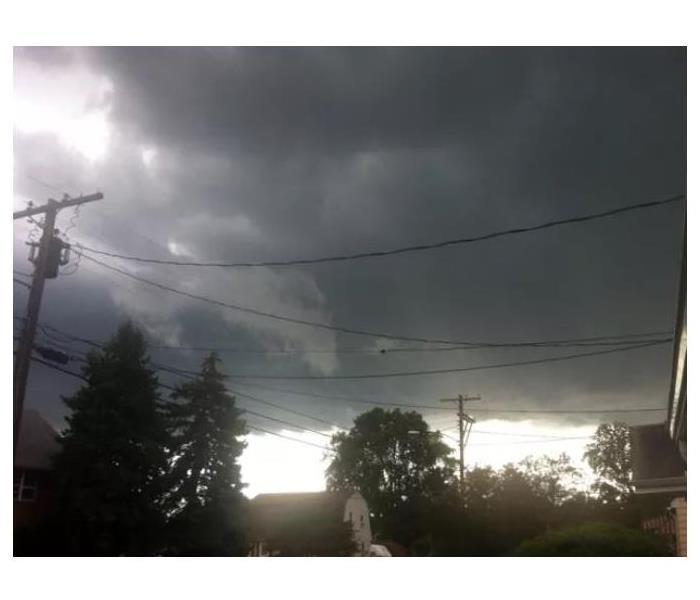Understand Thunderstorms
5/17/2018 (Permalink)
On a hot summer day the surface of the Earth is heated by the sun. The Earth's surface heats the air just above the surface through the process of conduction.
The action of warm air rising and cold air sinking (convection) plays a key role in the formation of severe thunderstorms. If the warm surface air is forced to rise, it will continue to rise, because it is less dense than the surrounding air. In addition, it will transfer heat from the land surface to upper levels of the atmosphere through the process of convection.
Two of the most important ingredients for thunderstorm formation are instability (unstable air) and moisture.
There are three main types of thunderstorms; orographic, air mass, and frontal.
Supercell thunderstorms occur when very strong updrafts are balanced by downdrafts. This can allow the storm to persist for many hours. In a supercell, a moist, unstable body of warm air may be forced to rise by an approaching cold front.
The result is a strong, persistent updraft of warm moist air. Speeds in an updraft can be as fast as 90 miles per hour! The air cools as it rises. Water vapor condenses and forms cumulus clouds. When condensation occurs, heat is released and helps the thunderstorm grow.
At some point, condensation high in the cloud (now in the form of water droplets and ice) falls to the ground as rain. A cold downdraft forms as the rain falls.
When you are dealing with storm, flood, and water damage, immediate action is crucial. You should choose the company with storm damage experience and expertise that has the resources and equipment to handle the job. SERVPRO of Morristown can respond immediately to storm and flooding conditions.
Have Storm Damage?
Call SERVPRO of Morristown NJ



 24/7 Emergency Service
24/7 Emergency Service
